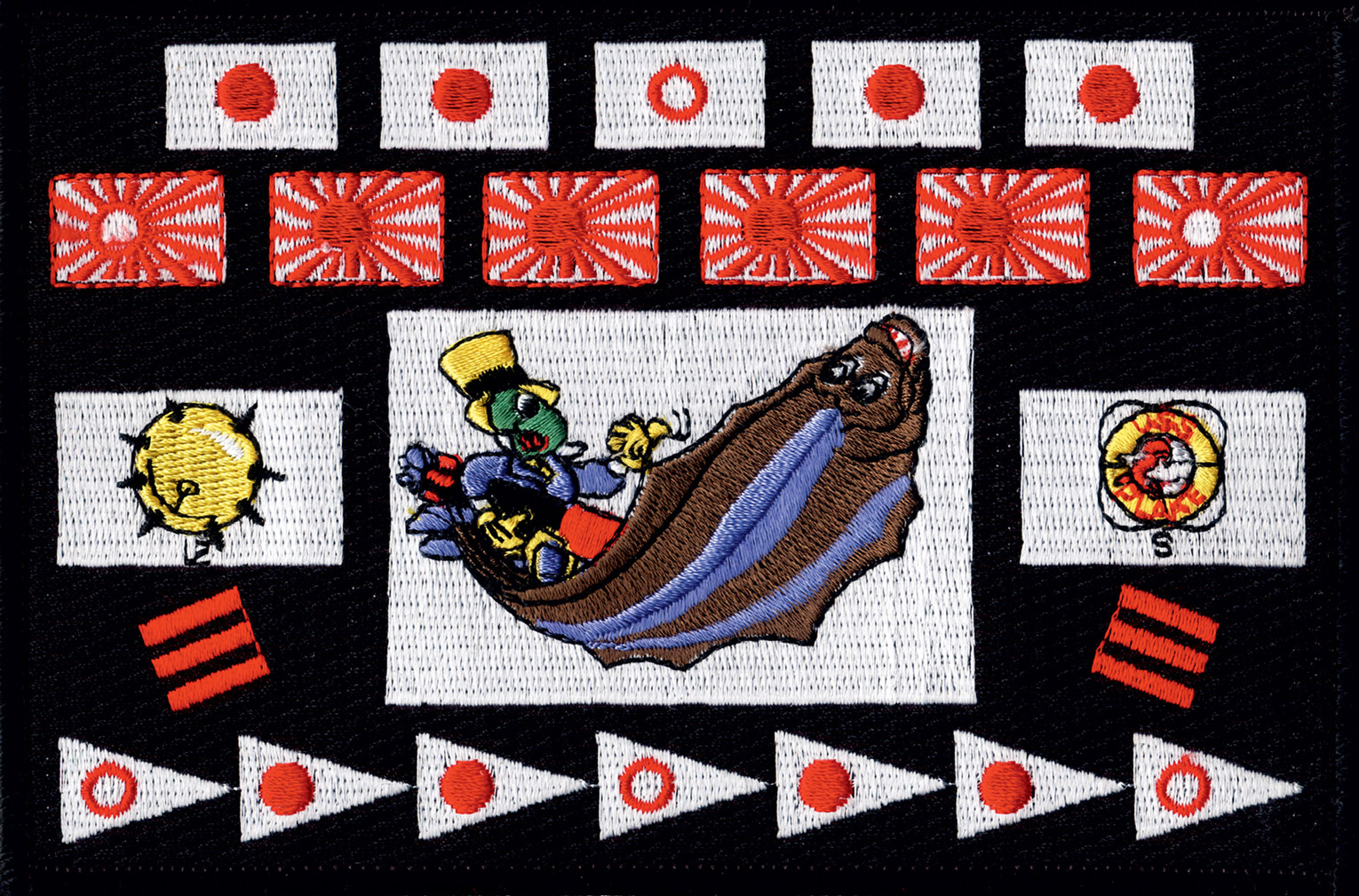Tour of Duty
USS Plaice at war
Therese Robert

One of 119 Balao-class submarines built by the US during World War II, USS Plaice was constructed at the Portsmouth Naval Yard and launched on November 15, 1943. More than 300 feet long and equipped with torpedoes and deck guns, she began a tour of duty on April 15, 1944, transiting the Panama Canal with her crew of eighty-one sailors en route to Pearl Harbor.
Plaice’s maiden war patrol began on June 4, 1944, and twenty-six days later she sunk her first enemy vessel, the 986-ton Japanese ex-gunboat Hyakufuku Maru, near the Bonin Islands—an archipelago that includes Iwo Jima, the site of the pivotal 1945 battle. She returned to base at the end of July, but not before she sank two more ships: the 857-ton ex-net tender Kogi Maru and the 300-ton Submarine Chaser No. 50.
Over the next fourteen months, Plaice went on five more patrols. Each lasted roughly six weeks, and none was as eventful as her first. On her second patrol she engaged three targets near the Ryukyu Islands and sank one, but encountered none on her third mission. In January 1945, she joined a wolf pack in the Luzon Straits, but the fifty-eight-day patrol of that group—including Archerfish, Batfish, Blackfish, Scabbardfish, and Sea Poacher—encountered only one target and sunk none. On Plaice’s fifth patrol in April, she engaged a number of small boats with surface guns and sank several of them, and on her final mission in July, she made no enemy contact, but did rescue five Army aviators whose B-25 had been shot down over the East China Sea.
When the war ended on August 15, 1945, Plaice was still at sea—her final patrol concluded nine days later when she pulled into Midway Island. She was placed in reserve and in 1963 was loaned to the Brazilian Navy, which renamed her Bahia. In 1973, she was again decommissioned and sold to the Brazilian Museum of Naval Technology in Santos for use in an exhibition. However, the museum project was never completed and in 1978 she was towed back to Rio de Janeiro, where she ended her life as scrap.
Therese Robert is an artist based in Long Island City. She is working on a book composed solely of images of various kinds of flounders.
Spotted an error? Email us at corrections at cabinetmagazine dot org.
If you’ve enjoyed the free articles that we offer on our site, please consider subscribing to our nonprofit magazine. You get twelve online issues and unlimited access to all our archives.